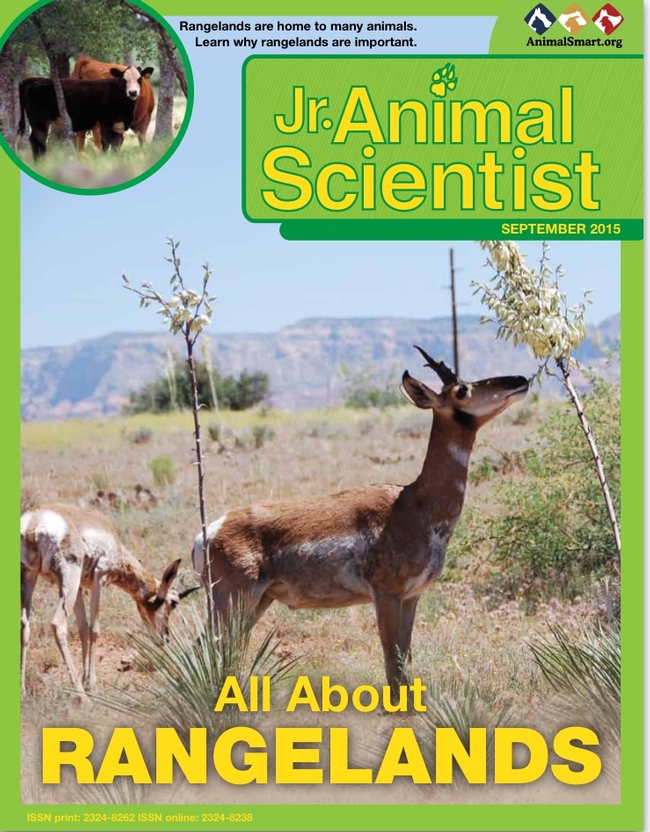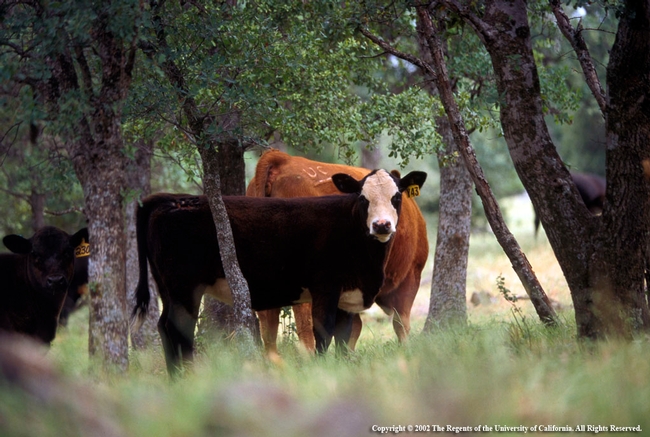Children’s magazine focuses on rangeland animals
Rangeland is where deer and antelope play. It is also home for grazing livestock and many other animals. “Almost half of the land on Earth is rangeland and one-third of the United States is rangeland,” the latest issue of Jr. Animal Scientist tells its young readers. A UC Agriculture and Natural Resources (UC ANR) advisor is among the scientists who contributed to the rangeland issue of the children's magazine.
Jr. Animal Scientist is published by the American Society of Animal Science for children aged 5 to 12 who are interested in animals. For the September 2015 issue, members of the Society for Range Management collaborated with ASAS to provide photos and facts about rangeland.
Theresa Becchetti, UC ANR Cooperative Extension livestock and natural resource advisor for Stanislaus and San Joaquin counties, and Lisa Page, from the University of Arizona, served as co-editors for the special issue.
“Our goal is to have kids and their parents and teachers learn the value of rangelands, beyond being used to produce beef and lamb; they also provide habitat for wildlife,” said Becchetti. “Rangelands can produce energy – solar, wind and oil – while providing clean water and air and a place for recreation. These resources are protected by ranching families, the stewards who make their homes on rangeland.”
In the magazine, readers will find descriptions of the different kinds of rangeland, a map of rangelands and photos of some wildlife species that live on rangelands. It also includes a word scramble and rangeland-related jokes (“Why do cows wear bells? Because their horns don't work!”)
“As a member of the Society for Range Management, and working on developing curriculum on rangelands in California, I was excited to be involved in the effort,” Becchetti said. “The magazine has a national circulation with a mix of families and schools.”
A PDF of the Jr. Animal Scientist rangeland issue can be viewed at http://ucanr.edu/sites/news/files/220859.pdf.




History records that a lengthy and well thought out proposal (by the UCD Department of Animal Science, I believe) for recreation research was one of the earliest seriously considered for the Sierra Center.
An annual "Trail Ride" along the Yuba River, organized in Marysville, continued over decades, and was enjoyed by many. Tangible remnants of its course remain at river's edge. It could, and should, be restored.
In sum, this post presents a new and exciting view of the future, one with a veritable cornucopia of possibilities.
And it is doable.
Posted by Charles A Raguse on September 25, 2015 at 8:58 AM